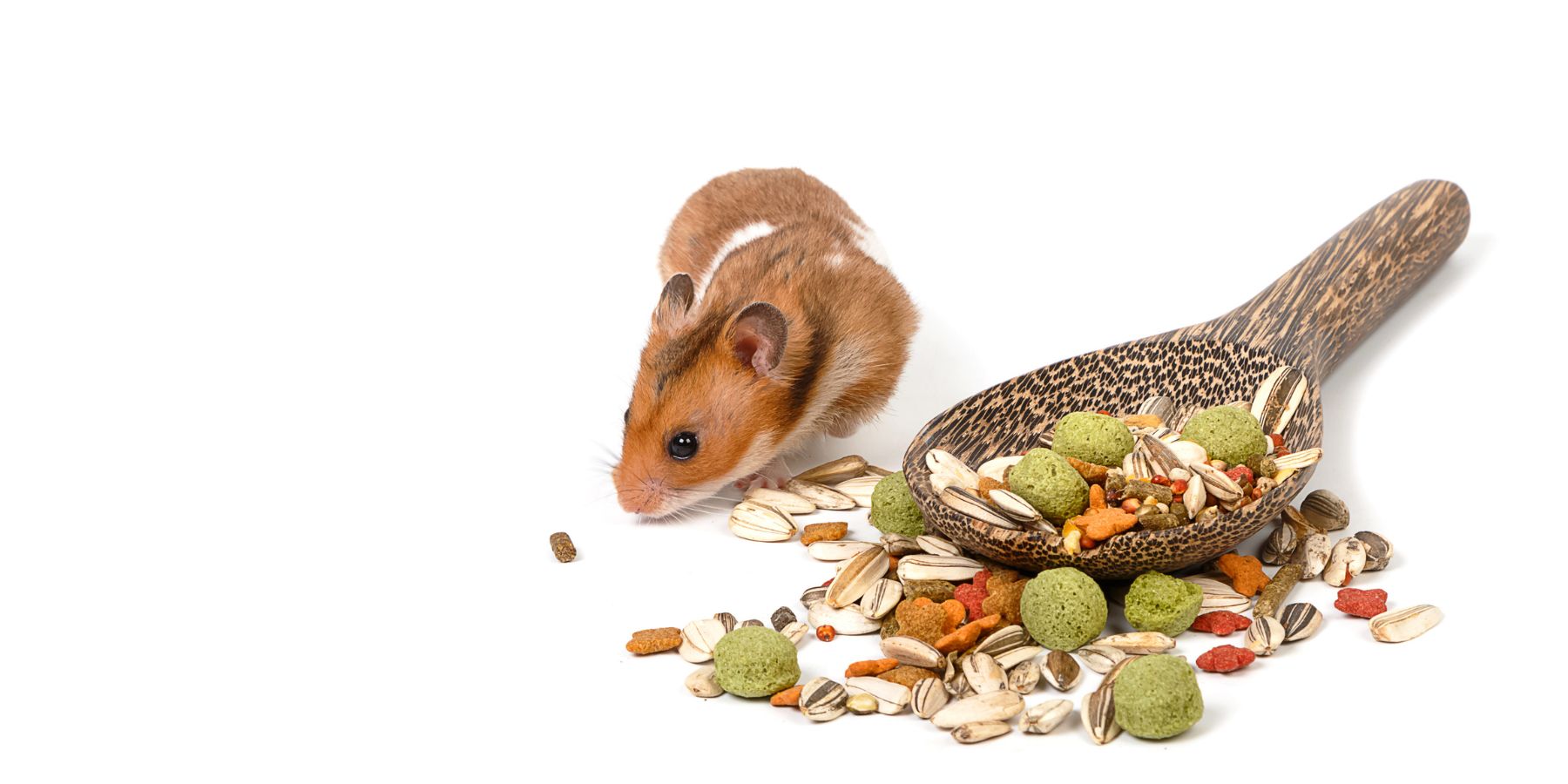Hamsters are omnivores, requiring a balanced diet of grains, vegetables, proteins, and occasional fruits. The right diet is crucial for their health and well-being.
The Nutritional Value of Lettuce
Lettuce, especially darker varieties like romaine, offers vitamins, minerals, and hydration for hamsters. However, it’s less nutrient-dense compared to other vegetables.
Potential Benefits of Lettuce for Hamsters
Lettuce can be a low-calorie, hydrating snack. It adds variety to a hamster’s diet and is particularly useful for hydration.
Risks and Considerations
The high water content in lettuce, particularly iceberg, can cause diarrhea if fed excessively. It’s essential to introduce lettuce gradually and in small amounts.
Serving Lettuce to Your Hamster
Opt for dark leafy lettuces, wash them thoroughly, and serve in moderation. Observe your hamster for any digestive issues.
Alternatives to Lettuce
Consider other vegetables like broccoli, carrots, and cucumbers for a more nutrient-rich diet. Introduce new foods slowly.
Balancing Your Hamster’s Diet
A balanced diet includes quality hamster mix, fresh veggies, occasional fruits, and protein. Treats should be a minor part of the diet.
Monitoring Your Hamster’s Health
Watch for any signs of digestive upset or changes in appetite when introducing new foods.
Common Misconceptions About Hamster Diets
Not all human foods are suitable for hamsters. Research and consult a vet when unsure about new foods.
Clean Cage Tips for Hamster Health
Maintaining a clean cage is vital for your hamster’s health, especially when introducing fresh foods like lettuce. Here are some tips:
Regular Cleaning: Clean the cage at least once a week. Replace bedding and wash the cage with a hamster-safe disinfectant.
Spot Cleaning: Daily, remove soiled bedding, uneaten food, and droppings.
Food Area: Designate a specific area for fresh food to prevent it from being buried or forgotten, reducing the risk of mold or bacteria.
Water Bottle and Food Dishes: Clean and refill the water bottle daily. Wash food dishes regularly to prevent food residue buildup.
Avoid Dampness: Ensure the cage stays dry, especially if feeding wet foods like lettuce. Excess moisture can lead to mold and unhealthy living conditions.
Proper Disposal of Old Food: Remove any uneaten lettuce or fresh food after a few hours to avoid spoilage and maintain cage cleanliness.
Conclusion
Lettuce can be a part of a hamster’s diet, but it’s crucial to feed it in moderation and as part of a varied diet. Always ensure a balance of nutrients and maintain a clean and healthy living environment for your hamster.

